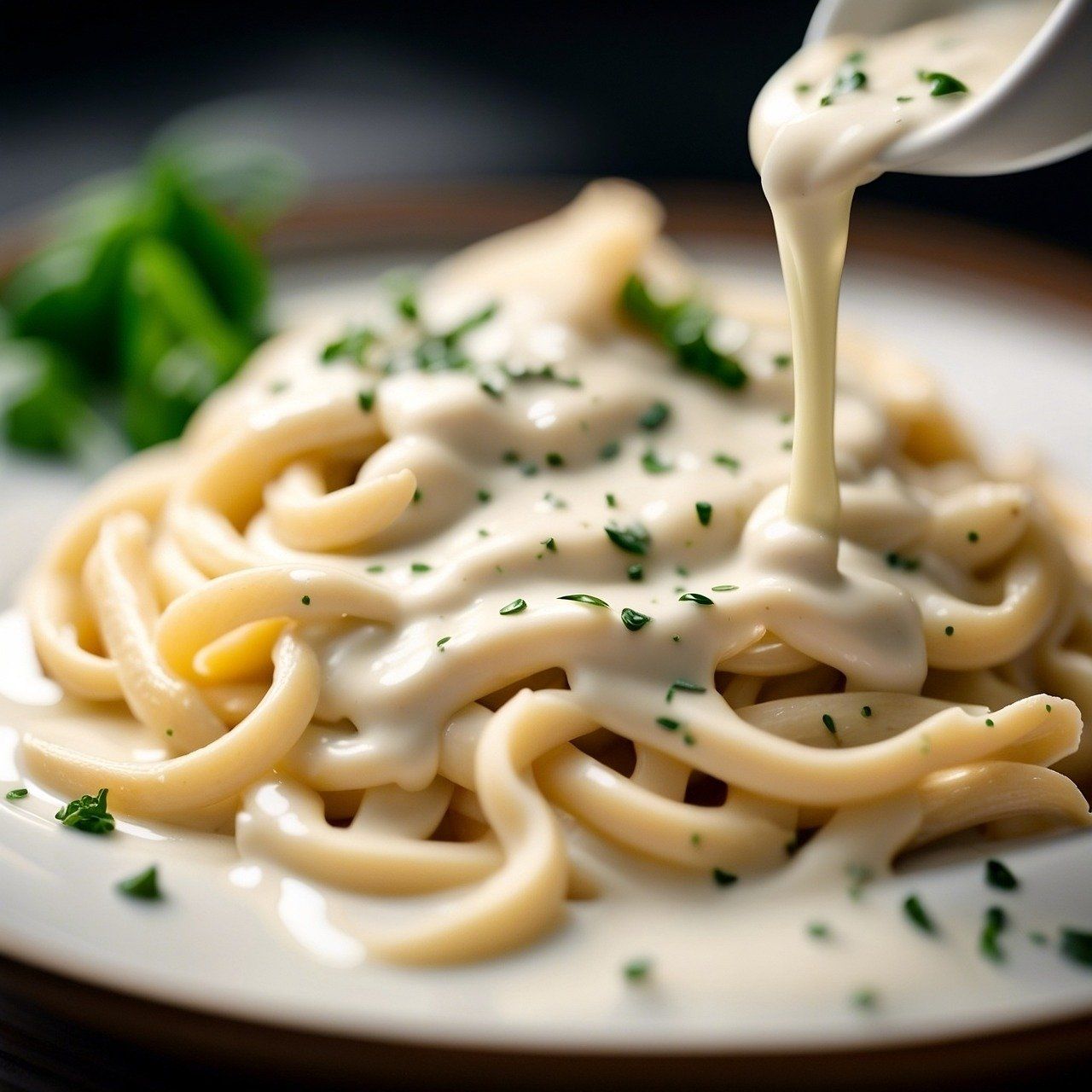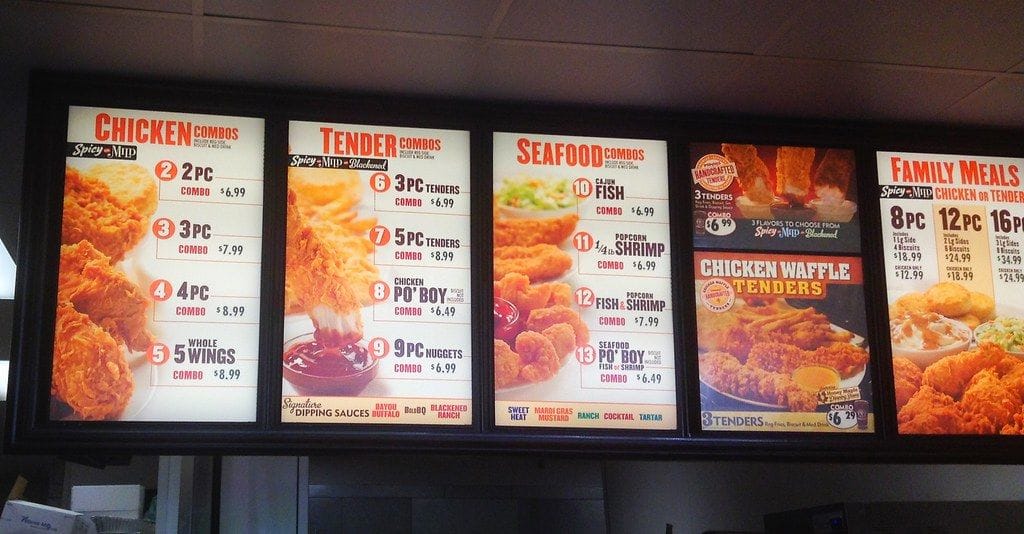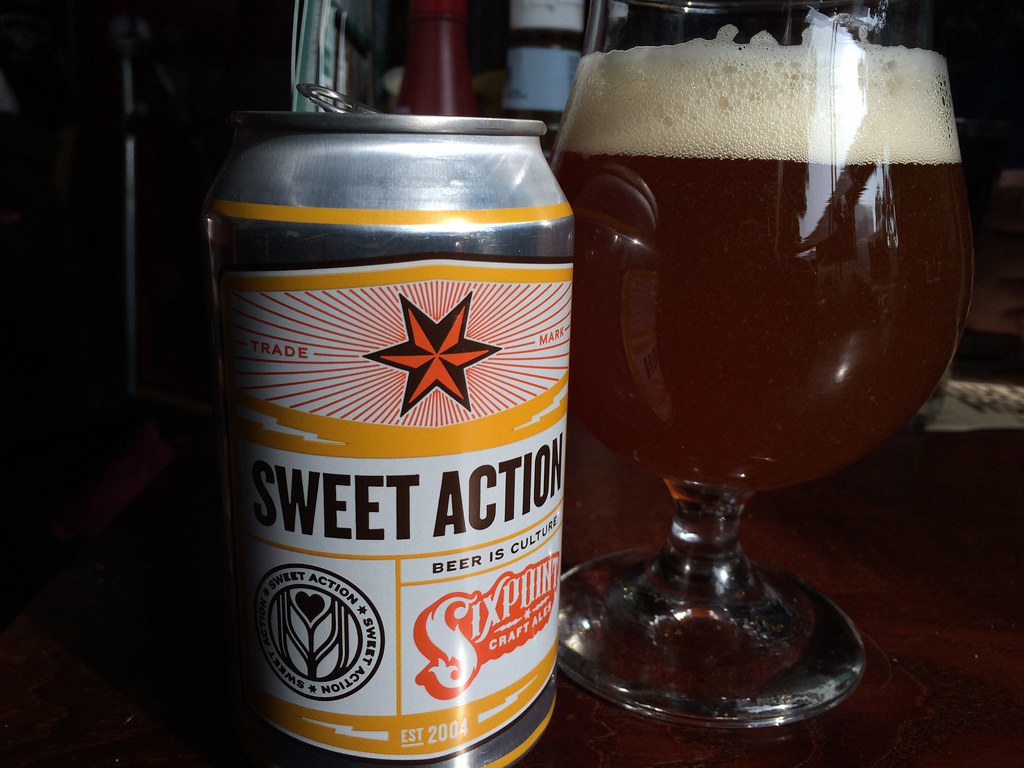
Craft beer isn’t just about drinking; it’s an immersive experience, a symphony of flavors, aromas, and textures that reflects the immense creativity of master brewers. Whether you’re a seasoned hop-head or just dipping your toes into the vibrant world of craft ales and lagers, truly understanding how to taste beer can fundamentally transform your appreciation, helping you unlock new favorites and deeper enjoyment with every single sip. This isn’t just a casual pastime; it’s an art, and we’re here to guide you through the techniques and insider tips used by professionals, ensuring your next pint is nothing short of unforgettable.
We all yearn to savor every nuanced flavor, every aromatic whisper, and every delightful textural layer that a thoughtfully brewed craft beer has to offer. Yet, admit it: how many times have you taken a swig, offered a polite nod, and then moved on, feeling that nagging sense that you somehow *missed* something vital? That peculiar ache, a subtle ‘buyer’s remorse’ not for the beer itself, but for the richer, more profound experience you *could* have had, is far more common than you might imagine. It often stems from a handful of easily avoidable missteps, those common tasting pitfalls that even well-meaning enthusiasts frequently tumble into.
As Mandy Naglich, a highly respected food journalist and advanced cicerone—and the brilliant author of ‘How to Taste: A Guide to Discovering and Savoring Life’—revealed, a crucial truth underpins many of these missed opportunities: ‘Often our taste buds run away with our preconceived notions and we don’t pay attention to the flavor that is actually there.’ This isn’t about finding fault with the brewers; it’s about recognizing and dismantling the bad habits that prevent us from truly connecting with *any* beer, no matter how exquisite. So, buckle up! We’re about to dive deep into the first seven fundamental blunders that can silently steal the magic from your craft beer journey, making you wish you could ‘un-sip’ those moments of profound, unappreciated artistry.
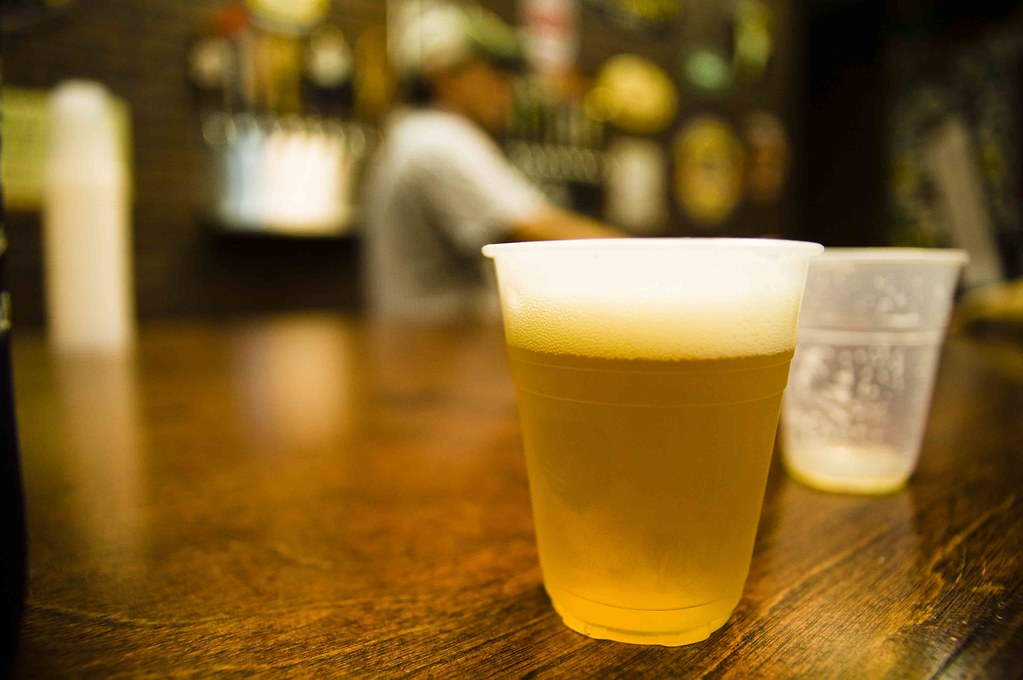
1. **Falling for the Color Trap**Let’s kick things off with a classic mind game: the irresistible allure of color. It’s shockingly easy to be misled by a beer’s hue, subtly tricking your brain into anticipating flavors that simply aren’t there. As Mandy Naglich sagely put it, ‘it’s actually quite easy to be misled by the color of the beer and confuse the flavors.’ Our brains often associate deep, dark shades with heavy, roasted notes, while pale lagers are mentally pre-assigned to be crisp and refreshing. This cognitive bias dramatically warps your tasting experience.
Imagine ordering a beer based on its amber glow, expecting a malty, sweet embrace. But then, *surprise*! You’re hit with an unexpected wave of hop bitterness. Or, you brace yourself for an intense roast from a jet-black stout, only to find subtle coffee undertones and silky smoothness. This visual expectation acts like a powerful filter, making it challenging to discern the actual, intricate flavors swirling on your palate. It’s letting the cover dictate the entire story before you’ve even read the first page.
The real ‘ouch’ moment comes when you realize how much you might have missed. Naglich provides a stellar example to shatter this illusion: ‘Dark beers don’t always have roasty toasty flavors — for example, a German doppelbock will have toffee and graham cracker malt flavors, even though it is quite dark.’ This vividly illustrates how a doppelbock’s rich color might suggest roast, yet its authentic character sings with sweet, bready malt notes. It’s a vital reminder to approach each pour with an open, unbiased mind, allowing your other senses to lead the charge rather than blindly following deceptive sight.
Read more about: Don’t Let Burnout Catch You Off Guard: 12 Subtle Signs You’re on the Brink (and How to Regain Your Balance)
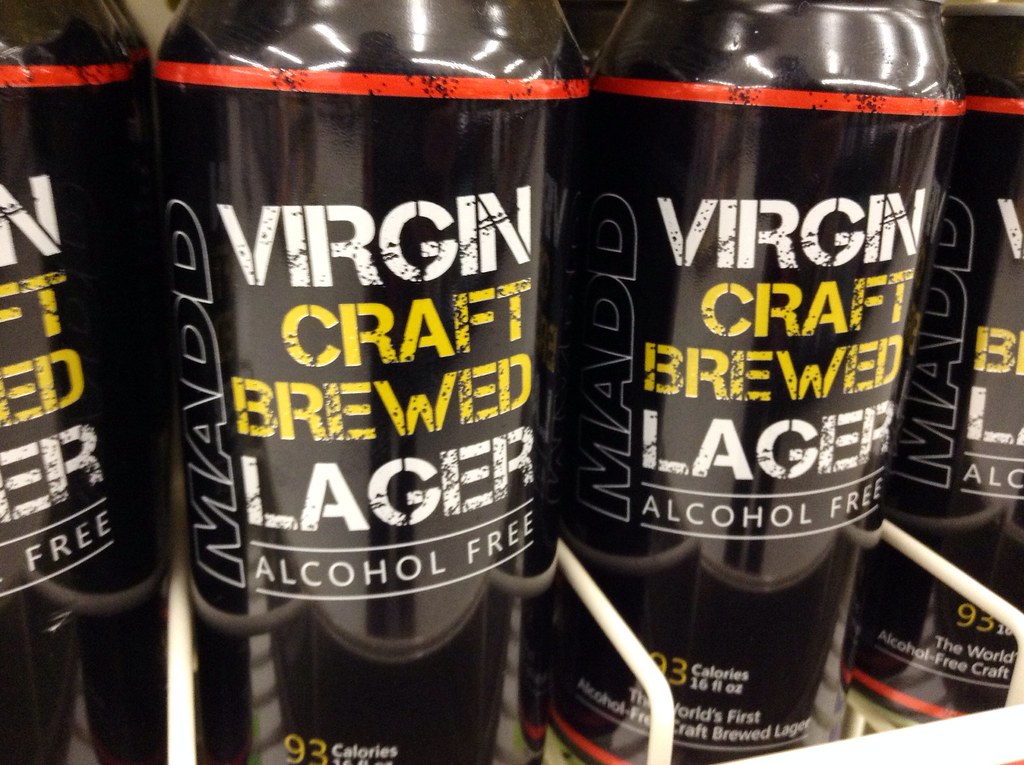
2. **Assuming Dark Equals Roasty**This pitfall, a close relative of the broader ‘color trap,’ demands its own dedicated spotlight due to its prevalence. When confronted with an obsidian black or mysterious deep brown beer, our immediate assumption often veers straight towards flavors like burnt toast, robust espresso, or intense dark chocolate. And yes, these roasty, toasty characteristics define many classic stouts and porters. But here’s the kicker: they are by no means a universal truth across the entire, glorious spectrum of dark beers.
This ‘dark equals roasty’ fallacy can be a real buzzkill, leading to genuine disappointment or, worse, a complete misinterpretation of a beer’s intended profile. You might skip a potentially delightful dark ale because you’re simply ‘not in the mood for something heavy and roast-forward,’ inadvertently shutting yourself off from a revelatory experience. Expecting intense roast from *every* dark beer can make more subtly malty or sweeter dark styles feel underwhelming because they don’t fit a preconceived stereotype.
Mandy Naglich offers the perfect counterpoint, reminding us that ‘a German doppelbock will have toffee and graham cracker malt flavors, even though it is quite dark.’ This example is a masterclass in challenging assumptions. A doppelbock, visually formidable, is actually celebrated for its rich, sweet malt complexity, delivering delightful notes of caramel, dried fruit, and bready warmth, often with zero discernible roast. Internalizing this nuance unlocks a new level of dark beer appreciation, preventing the remorse of having completely misjudged an exceptional brew.
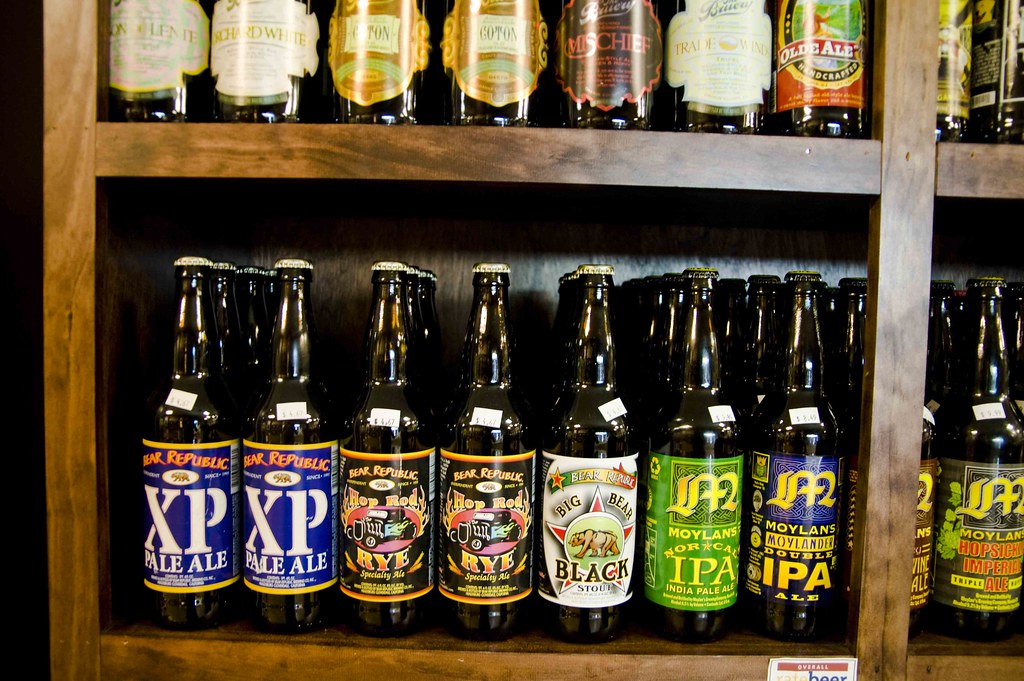
3. **Color-Flavor Misassociations**Moving beyond the general ‘dark means roasty’ trap, our brains are surprisingly adept at forging even more specific and often downright erroneous color-flavor links. This tendency is particularly problematic when we encounter ‘out there’ craft beers that deliberately play with visual aesthetics, perhaps through unusual adjuncts or coloring. Consider this: you’re presented with a visually striking blue-colored beer. What’s the very first flavor that pops into your head? For many, it’s an immediate leap to tropical notes or some exotic fruit fantasy. Yet, this mental shortcut can be incredibly misleading and drastically diminish the authentic tasting experience.
This pitfall underscores the colossal power of visual cues to dictate and often distort our perception of taste. Our eyes frequently play tricks on our taste buds, erecting expectations that have absolutely no grounding in the actual ingredients or meticulous brewing process. If you’ve convinced yourself that a blue beer *must* taste like a pineapple smoothie, any other flavor profile might register as fundamentally ‘wrong’ or ‘disappointing.’ This isn’t critical evaluation; it’s allowing an arbitrary visual element to overpower your sensory input, robbing you of a genuine encounter with the beer.
Mandy Naglich explicitly cautions against this very phenomenon: ‘even if a brewery crafts something a bit out there, such as a blue-colored beer, doesn’t mean that it will have tropical notes — despite the fact that your brain may associate blue with tropical.’ This stark reminder is crucial: actively work to separate what your eyes perceive from what your tongue and nose actually detect. The true connoisseur’s craft lies in an unbiased assessment, allowing the liquid to articulate its own story rather than imposing a narrative based solely on its vibrant hue. The true remorse comes from realizing you unfairly judged a beer because its color staged an elaborate illusion.
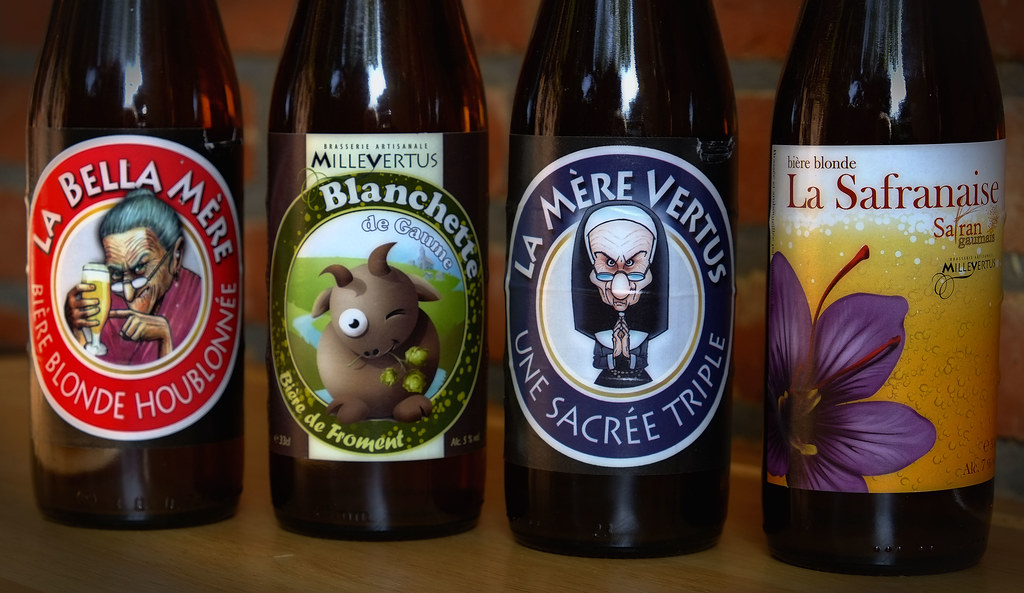
4. **Succumbing to Preconceived Notions**Here we arrive at arguably the most pervasive and silently insidious of all tasting pitfalls: the relentless influence of preconceived notions. These deeply ingrained expectations are the stealthy saboteurs of any genuine tasting experience. Whether it’s the towering reputation of a particular brewery, the evocative name of a beer style, a glowing recommendation from a friend, or even just the artistic flourish on a label, these external factors can wield immense power. They shape our expectations long before the beer even grazes our lips, preventing an unbiased taste.
As the esteemed Mandy Naglich so insightfully warns, ‘Often our taste buds run away with our preconceived notions and we don’t pay attention to the flavor that is actually there.’ Consider this: you approach a bold IPA, already convinced it will be a face-puckering blast of bitterness, even if the brewer meticulously designed it for a more balanced, juicy profile. Or perhaps you’ve overheard whispers that a certain milk stout is ‘too sweet,’ and that thought taints your perception. These mental filters actively prevent objective assessment, distorting actual sensory input.
The profound sense of ‘buyer’s remorse’ here manifests as the realization that you allowed external narratives—a fleeting comment or a style stereotype—to dictate your personal, unique tasting journey. To truly unlock the multifaceted wonders of craft beer, one must cultivate the discipline of approaching each new glass with as much of a blank slate as humanly possible. This means consciously setting aside prior judgments and focusing entirely on what *your* senses are relaying. By doing so, you transition from passively consuming to actively discovering, preventing the remorse of having allowed biases to overshadow your direct, personal experience.
Read more about: The Strategic Blueprint: How Martha Stewart Mastered Her Image Resurrection After Prison
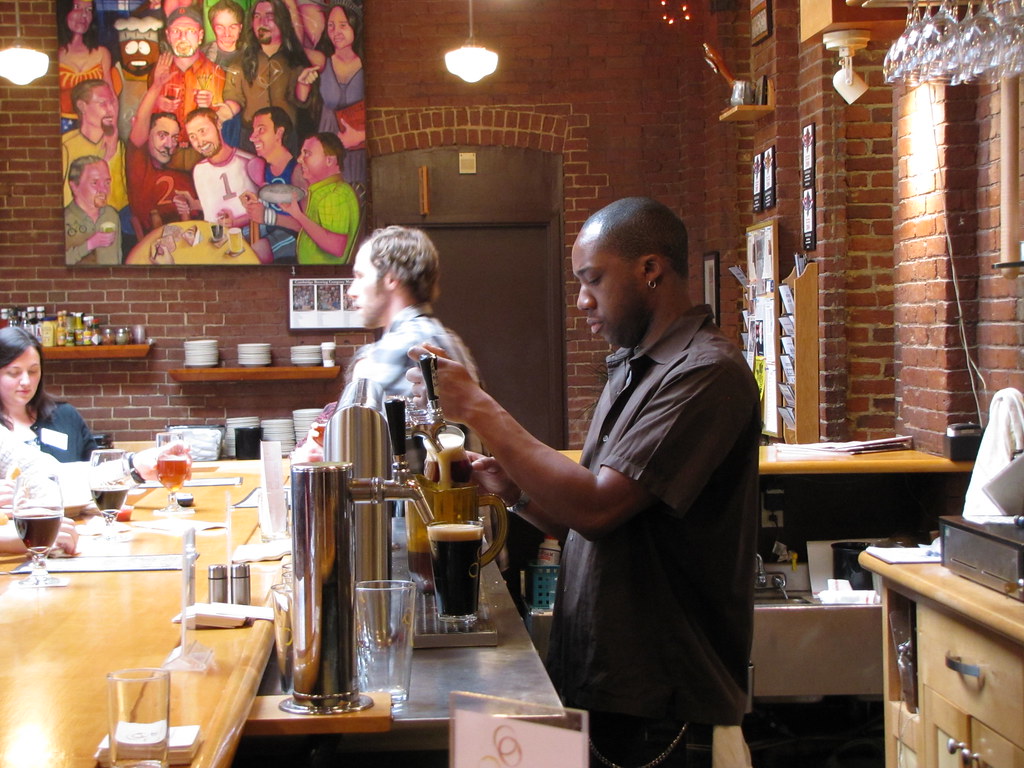
5. **Skipping Beer Terminology Basics**The vibrant world of craft beer, while endlessly inviting, can sometimes feel like an exclusive club with its own cryptic language. Terms like ‘IBUs,’ ‘malt bill,’ ‘dry-hopping,’ and ‘yeast esters’ are frequently tossed around, often leaving many enthusiasts feeling a bit lost. Mandy Naglich astutely points out that ‘When looking at a beer menu, you’ve definitely come across terms such as “hops” or “malt” without really knowing what they mean.’ This lack of fundamental vocabulary acts as a significant barrier to truly grasping and appreciating what’s swirling in your glass.
Without a foundational understanding of beer’s core components and the distinct flavors they typically impart, you’re essentially tasting in the dark. How can you confidently distinguish a rich, malt-driven sweetness from a delicate, fruity yeast ester if you don’t even know what ‘malt’ or ‘yeast’ specifically contribute to the flavor profile? This deficiency profoundly limits your ability to accurately describe what you’re experiencing, effectively compare different beers, and articulate your personal preferences. It’s akin to critiquing a complex symphony without knowing the difference between a violin and a trumpet.
Naglich provides an invaluable, concise crash course to illuminate this terrain: ‘Malt flavors will typically be reminiscent of bread on some scale from raw dough to burnt loaf. Hops will bring flavors of plants like herbs, fruits, or trees. And the toughest element yeast may add light fruit or spice flavors or nothing at all.’ Arming yourself with this basic knowledge is truly transformative. It allows you to decipher the beer’s genetic code, to identify precisely where certain flavors originate, and to meticulously build a mental library of tastes. This foundational understanding actively prevents the remorse of having merely *drank* a beer when you could have profoundly *understood* and *appreciated* its intricate artistry.
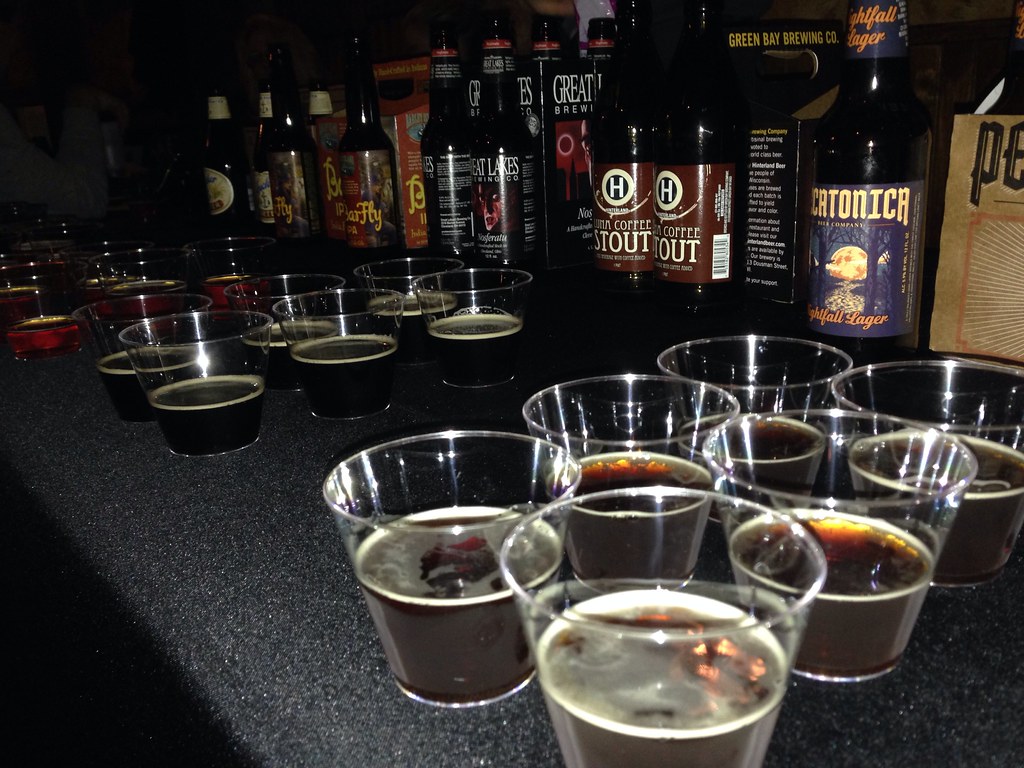
6. **Ignoring Visual Inspection**The exhilarating journey of tasting craft beer often begins with an eager, immediate gulp, entirely bypassing one of the most crucial initial steps: truly *looking* at the beer. This isn’t just about superficial aesthetics; the visual appearance of a beer holds a veritable treasure trove of information about its specific style, its core ingredients, and even its overall freshness. As the ‘simple guide to help you taste beer like a pro’ from Solitude Brewing Company emphatically advises, ‘Before you sip, look at your beer. Hold it up to the light.’ This seemingly simple action is a powerful gateway to much deeper appreciation.
When you carelessly skip this vital visual inspection, you’re consciously overlooking a wealth of critical clues. You ignore the color, which, despite its potential to sometimes mislead on flavor, remains a strong indicator of malt usage and intricate brewing processes. You miss the clarity – is it brilliantly clear, invitingly hazy, or strikingly opaque? This can immediately tell you if it’s filtered, unfined, or a classic New England IPA. You also neglect to observe the head – that beautiful crown of foam – which ‘can tell you about the beer’s malt and yeast characteristics.’
Taking just a moment to truly *see* your beer empowers you to set accurate expectations and gain a much clearer understanding of what you’re truly about to taste. For instance, the characteristic hazy appearance of a NEIPA instantly signals that it’s unfiltered and likely brimming with juicy hop haze and vibrant, fruit-forward aromatics. Conversely, a crystal-clear pilsner immediately suggests crispness, a clean malt profile, and precise brewing. Neglecting this foundational step is akin to cracking open a novel and skipping directly to the final chapter. The remorse here isn’t about a bad beer, but a shallow appreciation, having consumed the liquid art without fully engaging with its compelling visual narrative.
Read more about: Beyond the Bumper: How Minor Collisions Can Stealthily Turn Your Hatchback Into a Money Pit
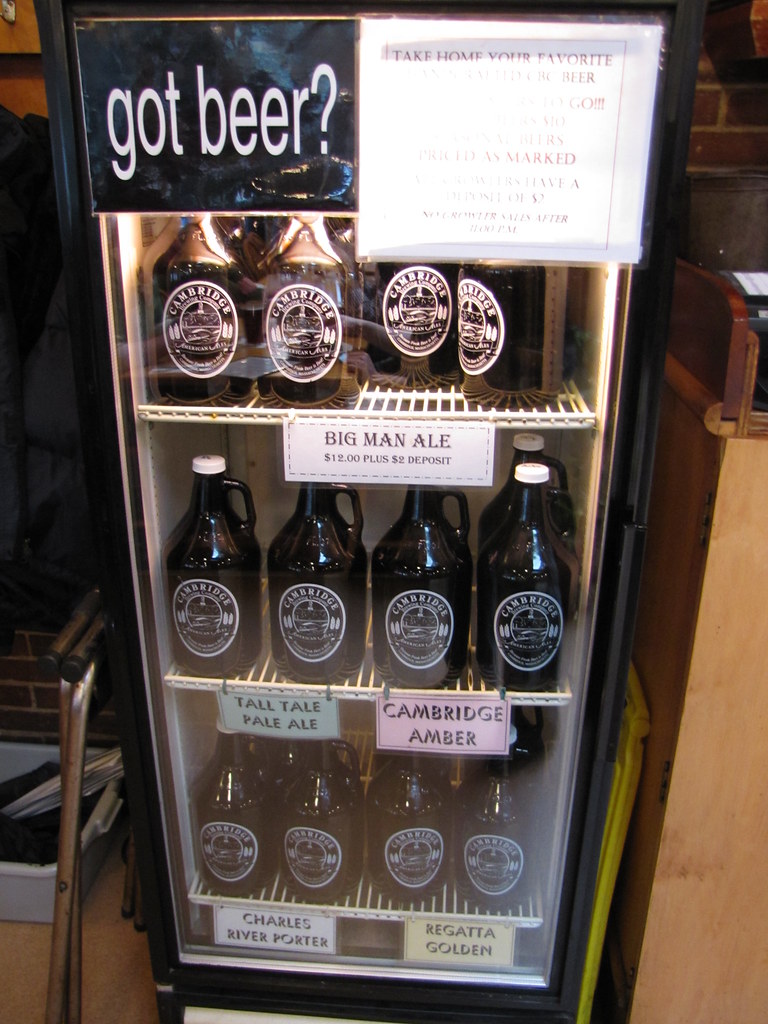
7. **Forgetting to Swirl**After the vital visual assessment, many eager drinkers plunge straight into a sip. However, another crucial intermediate step is frequently skipped: the gentle swirl. This isn’t merely a fancy sommelier move; it serves a profoundly practical purpose in effective beer tasting. ‘Gently swirl your beer in the glass,’ advises the tasting guide. This simple action is meticulously designed to awaken the beer, preparing it to reveal its full aromatic potential before you even bring it to your nose.
The act of swirling gently agitates the liquid, significantly increasing its surface area and helping to release the volatile aromatic compounds trapped within. These compounds are directly responsible for the complex bouquet of scents that contribute so significantly to your overall flavor perception. Without a proper swirl, many of these subtle notes—hints of citrus, pine, caramel, or spice—remain subdued in the glass, leaving you with a disappointingly muted aroma profile. You might miss integral elements of the beer’s character.
Furthermore, swirling allows you to observe the ‘lacing’ or ‘legs’ of the beer as it gracefully clings to the sides of the glass. This visual cue ‘can give you clues about its body, indicating whether it’s light or full.’ A beer that leaves thick, slow-moving legs might suggest a higher alcohol content and a fuller body, while thin, fast-moving legs indicate a lighter texture. Forgetting this step means you’re not fully preparing your senses for the beer and you’re missing out on valuable information about its texture and aromatic depth, leading to the remorse of an incomplete tasting journey.
Alright, so you’ve mastered the art of looking, swirling, and even speaking the language of malt and hops. But the journey to becoming a true craft beer connoisseur doesn’t stop there. There are deeper, more insidious mistakes lurking, ready to steal the magic from your pint. These aren’t just beginner blunders; they’re nuanced slips that can profoundly hinder your appreciation, turning a potential symphony of flavors into a muffled hum. Get ready, because we’re diving into eight more advanced tasting pitfalls and environmental factors that, once conquered, will elevate your craft beer experience to an entirely new realm of delicious discovery.
Read more about: So You Rolled Up in That Rare Muscle Car? Here’s What Your Car Wash Attendant *Actually* Thinks (And How to Earn Their Respect)
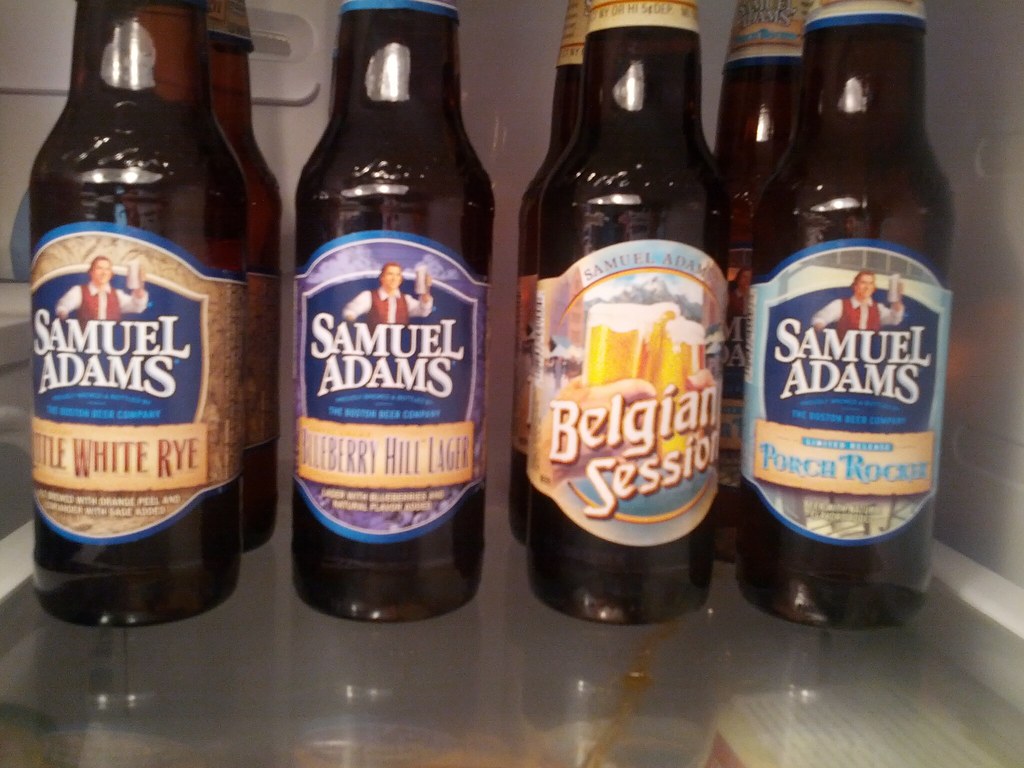
8. **Neglecting the Power of Scent (Improper Smelling)**After giving your beer a good swirl, many enthusiasts still miss the critical next step: truly engaging their sense of smell. It’s not just a polite gesture; it’s an essential sensory exercise. As the Solitude Brewing Company’s guide wisely advises, you need to “Take a few short sniffs, then a couple of long ones. Try to identify different scents.” Skipping this crucial interaction means you’re essentially tasting with one hand tied behind your back, robbing yourself of half the experience before the liquid even touches your tongue.
Our olfactory senses are intricately linked to our perception of taste. Craft beer aromas are incredibly complex, layered with volatile compounds that paint a vivid picture of what’s to come. Malt-driven beers might whisper of caramel or chocolate, while hop-forward styles shout with citrus, pine, or tropical fruit notes. Even yeast, that often-unsung hero, can add subtle hints of clove or banana, especially in wheat beers. These scents aren’t just pleasant; they’re precursors, setting the stage for the flavor profile.
By not actively smelling, you’re denying your brain crucial information, leading to a less informed and less impactful taste. You might experience the sweetness of the malt or the bitterness of the hops, but without the aromatic context, the full narrative of the beer remains incomplete. It’s the difference between hearing a single instrument and an entire orchestra; the full symphony of flavor and aroma only truly emerges when you actively engage your nose, preventing the regret of having missed the beer’s fragrant soul.
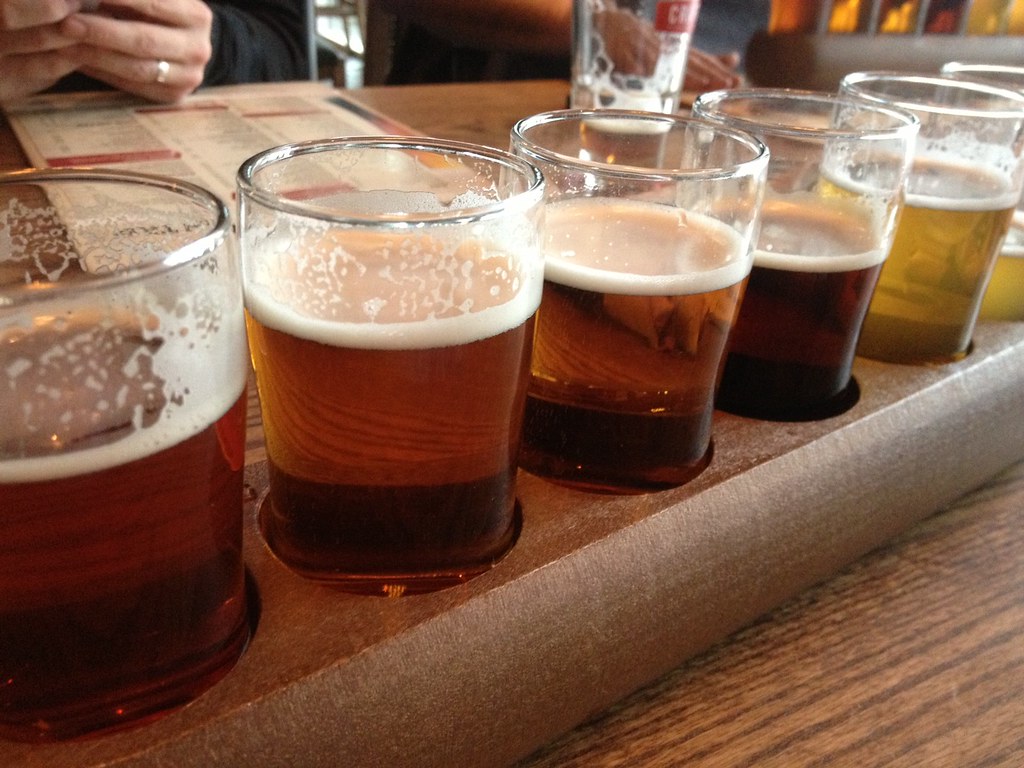
9. **Rushing the First Sip (Improper Tasting Technique)**After all that careful preparation – the look, the swirl, the smell – it’s almost instinctual to just gulp down that first taste. But hold up, beer adventurer! You’re still at risk of profound “un-sip” regret if you don’t approach the actual tasting with deliberate intention. “Now, take a sip, not a gulp,” the experts at Solitude Brewing Company emphatically state, adding the crucial instruction: “Let the beer linger on your tongue. Roll it around in your mouth.” This isn’t just about being fancy; it’s about maximizing sensory absorption.
A hasty gulp bypasses the intricate dance of flavors that unfold on your palate. Different taste receptors are located across your tongue, and allowing the beer to coat every inch ensures you’re picking up all the primary notes: the sweetness from the malt, the bitterness from the hops, and any surprising sour or salty notes. Without this crucial lingering and rolling, you’re getting a fleeting snapshot instead of a detailed panorama, missing out on the initial impressions and the delicate balance unique to each beer style.
The mid-palate complexity is where the magic truly happens, especially as the beer warms slightly and flavors evolve. Barrel-aged beers, for instance, might reveal layers of oak, vanilla, and spices that a quick swig would completely mask. Seasonal craft beers often introduce warming spices like cinnamon or nutmeg that require a moment to fully register. Rushing denies these beautiful revelations, leaving you with a shallow understanding and that nagging sense that you just didn’t quite get it – a prime source of buyer’s remorse.
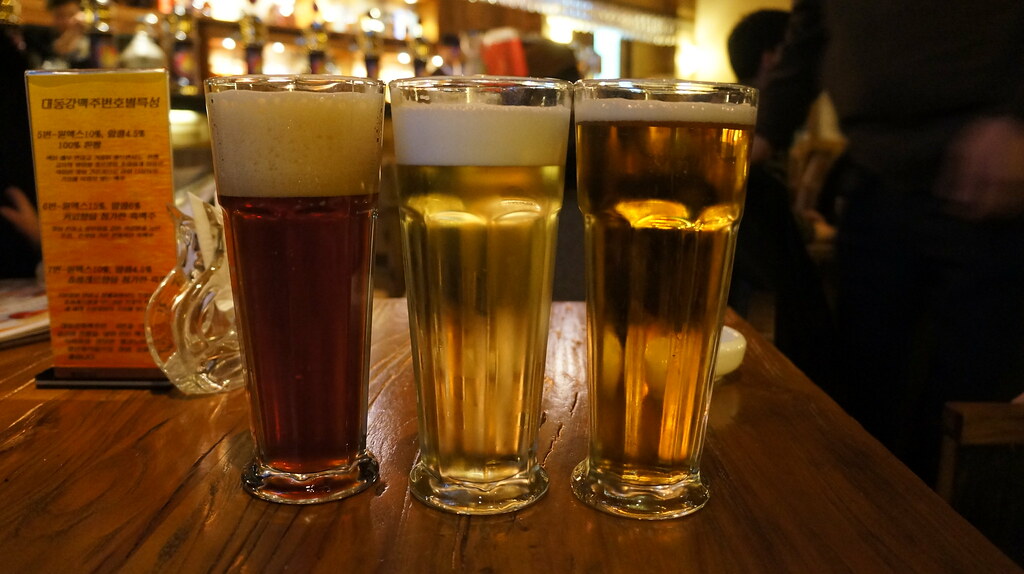
10. **Dismissing the Finish (Ignoring the Aftertaste)**So you’ve visually admired, aromatically explored, and carefully savored the main body of the beer. You swallow, and then… you move on? Huge mistake! The “finish” or “aftertaste” is not some leftover residue; it’s a vital part of the beer’s narrative, the final act of its flavor story. As the tasting guide highlights, “After swallowing, pay attention to the aftertaste, or what brewers like to call the ‘finish.’ How long do the flavors linger? Is the finish crisp and clean, or rich and malty? This final impression can be just as important as the first sip.”
Ignoring the finish is like walking out of a movie before the credits roll, missing critical plot points that tie everything together. The lingering flavors provide profound insight into the beer’s complexity and balance. A crisp, clean finish, characteristic of a well-made lager, speaks volumes about its refinement. Conversely, a finish that lingers with a pleasant bitterness or a rich, malty sweetness in a robust IPA or stout provides a satisfying conclusion and an understanding of its depth.
This final impression is where subtle details shine and where you truly assess the brewer’s artistry. Does the bitterness build harmoniously, or is it abrupt? Does the sweetness fade gently, or does it leave a cloying sensation? By consciously analyzing the finish, you gain a more complete picture of the beer’s overall profile, allowing you to appreciate its craftsmanship and refine your personal preferences. Overlooking this vital stage leads to the remorse of an incomplete journey, having stopped just shy of the ultimate revelation.
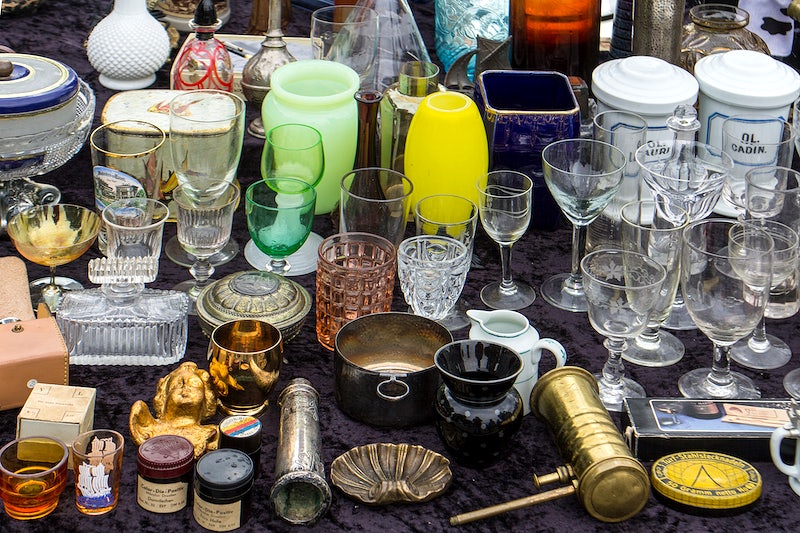
11. **Choosing the Wrong Glassware**You wouldn’t drink fine wine from a plastic cup, would you? Then why treat your craft beer with any less respect? One of the most common, yet easily rectifiable, pitfalls is simply choosing the wrong glass. As “Craft beer tasting begins long before your first sip,” the experts emphasize that “Proper glassware for beer tasting is essential. The shape of the glass can amplify craft beer aromas, showcase the beer’s color and clarity, and help maintain its temperature.” This isn’t just aesthetic snobbery; it’s a functional necessity.
Different beer styles are designed to shine in specific vessels. A tulip glass, for instance, with its inward-curving rim, is “ideal for capturing the complex aromas of barrel-aged beers,” funneling those intoxicating scents directly to your nose. A stout or porter might benefit from a snifter, allowing its rich, dark character to breathe. On the other hand, “a pint glass works well for IPAs,” providing ample space for their volatile hop aromatics to expand. Pouring a delicate pilsner into a wide-mouthed mug, for example, allows its subtle aromas to dissipate too quickly and its crisp carbonation to flatten.
The wrong glassware actively detracts from the full sensory experience. It can suppress aromas, diminish the visual appeal of the beer’s head and color, and even impact temperature stability, warming up your cold brew faster than intended. This oversight leads to a muted, less dynamic tasting, leaving you wondering why that acclaimed beer didn’t quite live up to its hype. The remorse here is the realization that a simple change in vessel could have unlocked an entirely different, superior experience.
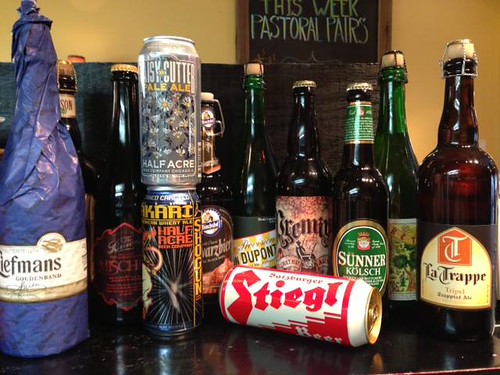
12. **Forgetting Palate Cleansing**Imagine trying to appreciate the delicate notes of a new beer after chowing down on a plate of spicy wings or a heavily flavored snack. Your taste buds are likely overwhelmed, and your palate is effectively “pre-loaded” with lingering flavors. This is where the pitfall of neglecting palate cleansing comes into play. To “fully appreciate the beer flavor profiles,” the advice is clear: “avoid consuming strong-flavored foods or drinks beforehand. Neutral foods like crackers or bread can help reset your taste buds between sips.”
This isn’t just a recommendation for professional tasters; it’s a crucial step for anyone seeking an authentic tasting experience. Lingering flavors from previous foods or even other beers can dramatically distort your perception of the current brew. A residual sweetness might make a balanced beer seem dry, or an lingering spice could amplify an already bitter hop profile. Your taste buds, dulled or skewed, won’t be able to accurately discern the intricate nuances the brewer meticulously crafted.
The frustration and “buyer’s remorse” here stem from attributing a misperceived flavor to the beer itself, when in reality, it was your compromised palate doing the trickery. By consciously incorporating neutral palate cleansers between different beers, you’re essentially hitting the reset button for your senses. This allows each new beer to be judged on its own merits, revealing its true character without interference and ensuring that every sip is a fresh, unbiased exploration.
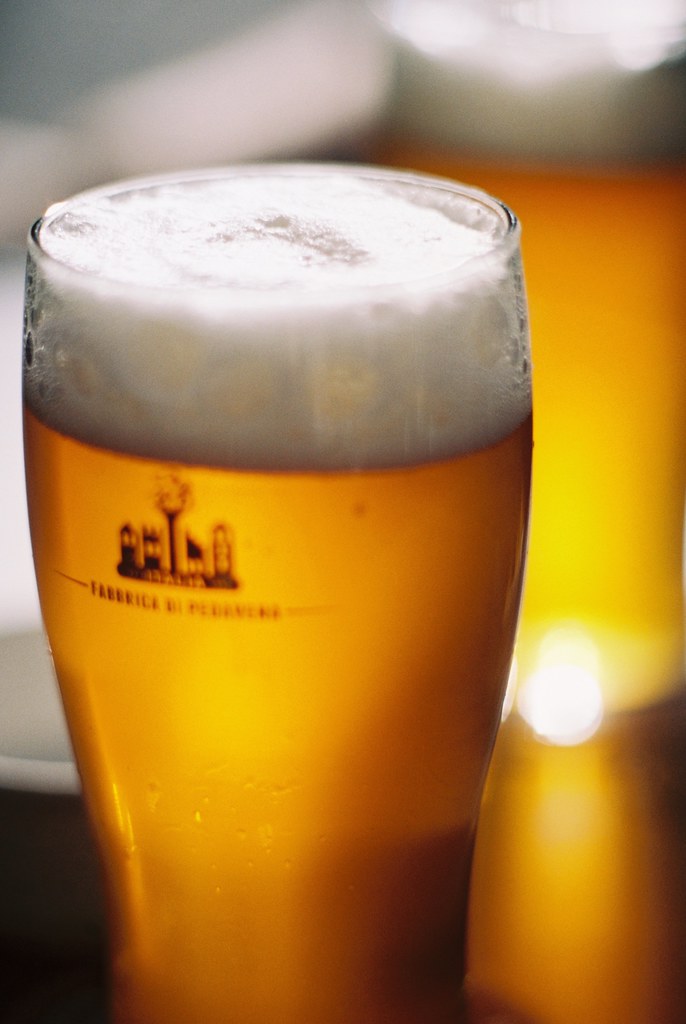
13. **Tasting in a Distracting Environment**Craft beer tasting is an immersive experience, a symphony of the senses. But how can you truly focus on delicate hop notes or subtle malt complexity when you’re battling a cacophony of noise, overpowering perfumes, or glaring lights? Tasting in a distracting environment is a silent saboteur of appreciation, a pitfall that can diminish even the finest brew. The experts emphasize that “A quiet, well-lit space free from overpowering scents is perfect for tasting. This allows you to focus on the craft beer styles and their unique characteristics.”
Imagine trying to appreciate a nuanced barrel-aged stout amidst the blaring music of a crowded bar, while someone nearby is wearing an intense cologne. Your nose is bombarded, your ears are ringing, and your brain is struggling to filter out the noise. These external stimuli don’t just annoy; they actively compete with and suppress your ability to detect the subtle aromas and flavors of the beer. The environment profoundly influences how your brain processes sensory information, and a chaotic setting makes genuine appreciation an uphill battle.
The true remorse from this pitfall comes from the realization that you’ve squandered an opportunity for a profound connection with a beer, not because the beer itself was flawed, but because your surroundings prevented you from giving it your full attention. By taking control of your tasting environment – perhaps opting for a calmer corner, choosing a quieter time, or simply focusing intently despite minor distractions – you empower your senses to fully engage. It’s about creating a personal sanctuary for discovery, allowing the beer to speak for itself without shouting over external noise.

14. **Overlooking Mouthfeel and Body**When we think of tasting beer, flavors and aromas usually come to mind first. But there’s a whole other dimension that’s often overlooked, leading to an incomplete picture: mouthfeel. This isn’t just a fancy term; it’s the texture and body of the beer, a crucial element that contributes significantly to the overall experience. As the guide to tasting explains, “Mouthfeel refers to the texture and body of the beer, which can range from light and effervescent to creamy and full-bodied.” Ignoring this can lead to a less satisfying sip.
Mouthfeel encompasses several aspects, including carbonation levels, body, and overall texture. High carbonation can provide a lively, zesty feel, perfect for lighter beers like pilsners, adding to their refreshing quality. Conversely, lower carbonation often suits rich stouts and porters, allowing their deep, creamy textures to take center stage. The beer’s “body is categorized as light, medium, or full,” and it dictates how substantial the liquid feels on your tongue. A light-bodied wheat beer offers a refreshing lightness, while the “creamy texture of a milk stout provides a decadent drinking experience.”
When you neglect to evaluate mouthfeel, you’re missing a fundamental part of the beer’s design and how it interacts with your palate. A beer might have fantastic flavors, but if its mouthfeel is thin and watery when it should be full-bodied, or overly carbonated when it needs smoothness, the overall enjoyment is diminished. Taking “small sips and allowing the beer to linger in your mouth can help you better assess its texture and how it complements the flavor profile,” preventing the remorse of having judged a beer solely on its taste without appreciating its tactile poetry.

15. **Underestimating Food Pairing**You’ve honed your tasting skills, navigated all the pitfalls, and you’re now appreciating every nuance of your craft beer. But there’s one final, advanced level to unlock profound appreciation: the art of food pairing. This isn’t just about finding *a* food that goes with *a* beer; it’s about finding that magical synergy where “the right combination can bring out new flavors in both the beer and the dish.” Ignoring this potent alchemy is a missed opportunity for a truly elevated experience, a sophisticated form of buyer’s remorse for the senses.
The context provides excellent examples: “Pair light beers like our Kölsch with lighter foods like salads or light appetizers.” This classic pairing allows the delicate beer to complement, not overpower, the food. Then there’s the boldness of “robust Burnt Ridge Brown with something hearty like barbecue or rich chocolate desserts,” where the beer’s intensity stands up to and enhances the food’s richness. And for something more adventurous, a “Fruited IPA pairs beautifully with spicy dishes or sweet and sour desserts,” cutting through heat or harmonizing with complex fruit notes.
Underestimating food pairing means you’re leaving a vast landscape of flavor enhancement unexplored. It’s not just about avoiding clashes; it’s about creating moments where 1+1 equals 3, where the beer and food together taste better than either does alone. This advanced ‘mistake’ isn’t about *bad* tasting, but *incomplete* appreciation. By actively experimenting with complementary pairings, you transform a solo drinking session into a gastronomic adventure, ensuring every sip is not just enjoyed, but *celebrated* in its fullest, most harmonious context.
And there you have it, fellow beer enthusiasts! Fifteen common pitfalls, from the simple visual deceptions to the subtle art of food pairing, laid bare for your ultimate tasting enlightenment. No longer will you suffer the quiet ache of buyer’s remorse, wishing you could ‘un-sip’ a moment of unappreciated artistry. You now wield the knowledge to transform every pour into an intentional journey of discovery, a mindful exploration of flavor, aroma, and texture. So go forth, armed with your newfound wisdom, and let every single sip be an unforgettable celebration of craft. Cheers to truly tasting life, one exquisite beer at a time!



